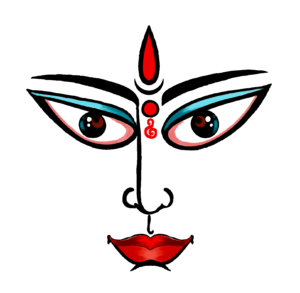
Brief Overview
51 Shakti Pith
Sacred Pilgrimage Sites Related to Devi Mata in Hinduism
The 51 Shakti Pithas, sacred pilgrimage sites in Hinduism, hold immense significance for devotees of the Goddess Shakti, also known as Devi or the Divine Mother. These divine sanctuaries are believed to be the spots where various parts of Sati’s body, the first wife of Lord Shiva, fell after she immolated herself in an act of sacrifice and devotion. The story of the Shakti Pithas traces back to a tumultuous event in ancient Hindu mythology when Sati’s father, Prajapati Daksha, conducted a grand yagnya (sacrificial ritual) but intentionally excluded her and Lord Shiva, her divine consort, from the ceremony.
Sati, driven by her love and devotion for Shiva, defied her father’s wishes and attended the yagnya, despite her uninvited status. However, she was met with disrespect and scorn from her father and the other deities present, which ultimately culminated in her immolation through the power of her yogic abilities. Infuriated and grief-stricken, Shiva unleashed his destructive forces, destroying Daksha’s yagnya and beheading him. Shiva later restored Daksha to life with the head of a male goat upon the prayers of the demigods and Lord Brahma.
Still consumed by sorrow, Shiva embarked on the cosmic dance of destruction, known as the Tandava. To prevent the devastation brought about by Shiva’s rage, the other gods called upon Lord Vishnu, who used his Sudarshana Chakra to dismember Sati’s body, causing her various body parts to fall at different locations across the Indian subcontinent. These locations became the sacred Shakti Pithas, each associated with the protection and worship of a specific aspect of the Goddess Sati, now revered as Devi.
The Shakti Pithas are characterized by the presence of Lord Bhairava, an incarnation of Shiva, who safeguards and preserves the sanctity of these sites. Among the 51 Shakti Pithas, three are considered exceptionally sacred: Kamakhya, Gaya, and Ujjain. These three Pithas symbolize the fundamental aspects of the Divine Mother – creation (Kamarupa Devi), sustenance (Sarvamangala Devi or Mangalagauri), and annihilation (Mahakali Devi). Interestingly, these three highly revered Shakti Pithas align in a perfect straight line, forming a unique and spiritually significant geography from Kamakhya to Ujjain via Gaya.
Editor – Kaalchakra Team
[ Note – Before Concluding anything as a Finale, Please Go through Original Scriptures of Vaidik Literature Written in Sanskrit and Also with Meaning of That time of Language. Because English is a Limited language to Explaining the Deeper Knowledge of Vaidik Kaal. ]
